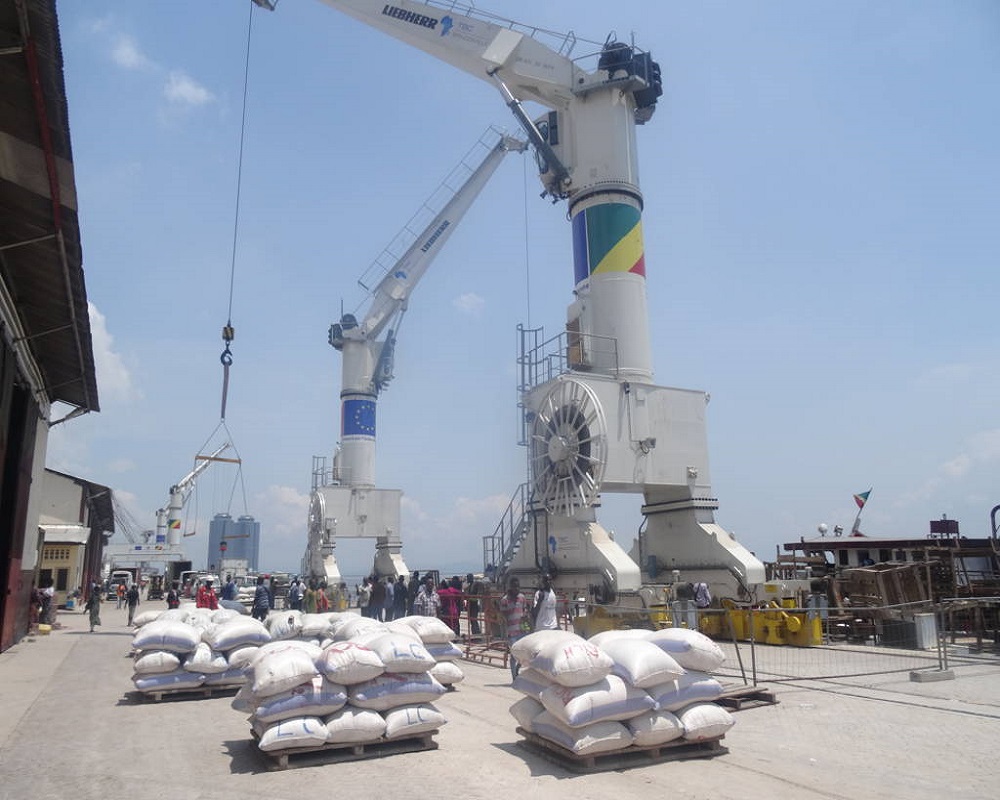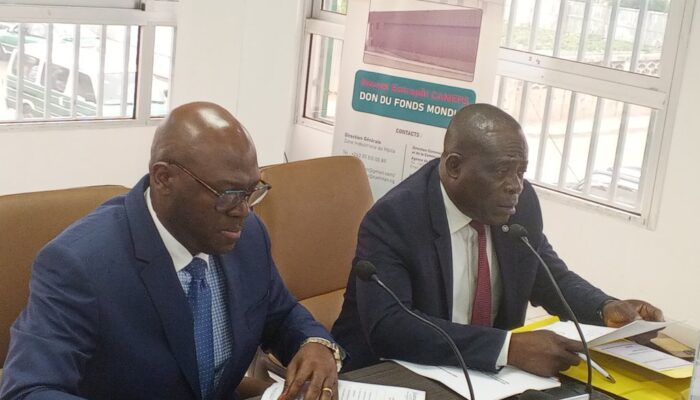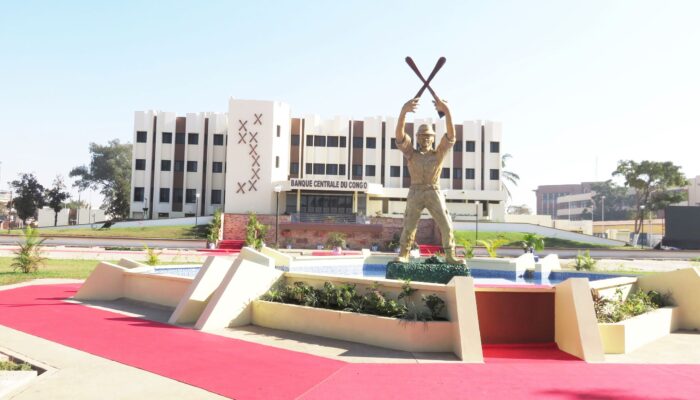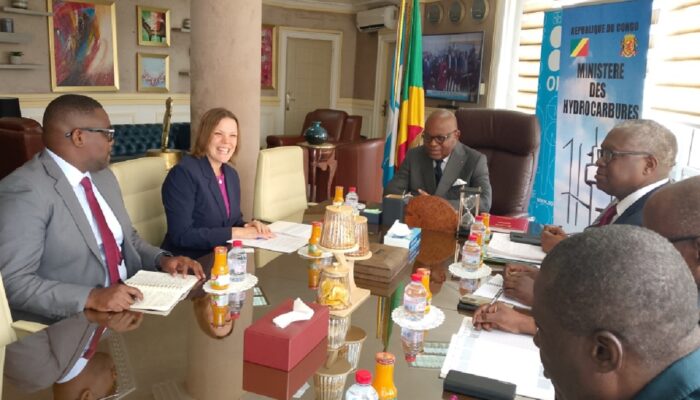The Republic of Congo has a potential to develop a transit economy, thanks to its geographical position and its deep water port of Pointe-Noire. With the construction of integration roads in recent years, the country can serve neighboring countries both in imports and exports.
The Congolese Republic has just adopted, on December 7, a new investment promotion strategy, a document of around one hundred pages that reveals its great economic potential, particularly in terms of transport infrastructure. With this roadmap, the authorities hope to attract foreign investors and revive the national economy impacted by the health crisis and the drop in oil prices.
The country still remains a natural two-way transport corridor between the port of Pointe-Noire and the countries of Central Africa or their landlocked regions. The new strategy advocates a revaluation of the port sector, but taking into account the new data of economic reconfiguration and transport networks at the level of the sub-region. “This requires the transport chain to improve, and its operation to be profitable,” said the document.
This position of the Congo also gives it openings towards the development of a commercial hub, provided that the promising niches are well identified and that the institutional and human resources are prepared for these challenges. The construction of the Brazzaville – Pointe-Noire road, which completes the Congo-Ocean Railway, constitutes an additional asset for the country, and also for the sub-region, with a view to reviving and strengthening the transit economy.
It is necessary to add assets related to the geographical position of the country which makes it share its borders with five countries of the region, thereby opening commercial doors to a large regional market, including that of the Democratic Republic of the Congo which has nearly of 80 million inhabitants and as many consumers, and on the Gabonese market with a high purchasing power.
During a reception ceremony for four new cranes at the Autonomous Port of Brazzaville, in November 2019, the former Minister of Transport, Civil Aviation and the Merchant Navy, Fidèle Dimou, announced the commitment of the Congolese government to revise the port tariffs deemed exorbitant, as well as the operating agreement for this port facility.
The port of Brazzaville is now equipped with two multi-purpose cranes of forty tons and two others of six tons, which have increased the operational capacity of the port and facilitate traffic, particularly between the Congo and its two neighbors, the Central African Republic and the Democratic Republic of the Congo. Forty ton cranes are designed to handle twenty to forty foot containers, logs and sand. They are installed on a heavy dock with a travel stroke of about 200 m, they can travel a distance of 160 m and are equipped with a power supply system.
It should be noted that the ambitious investment promotion strategy in the Republic of the Congo is part of the Support Projects for Business Development and Competitiveness (Padec) and the Investment Climate and Sector Governance Support Project. forest / wood (Pacigof), financed respectively by the World Bank and the African Development Bank.






